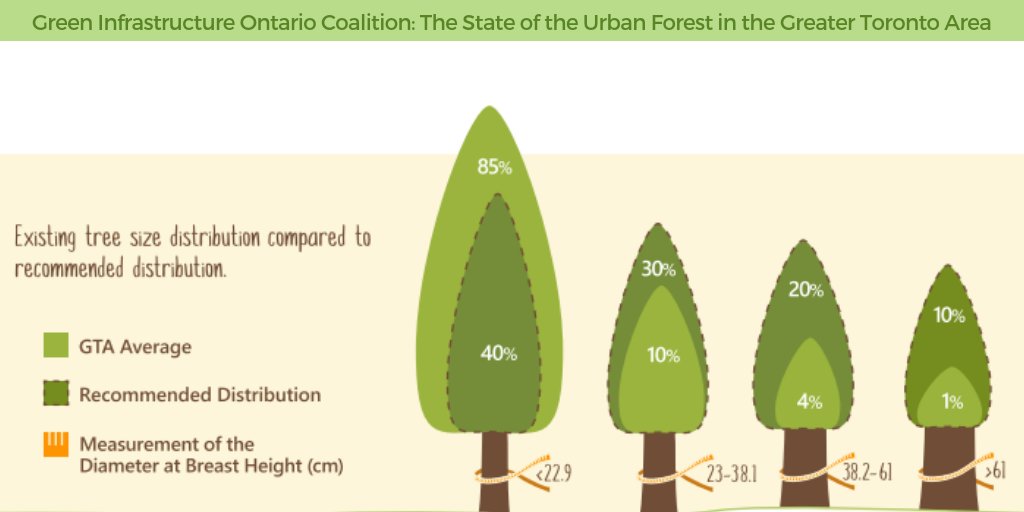Identifying The Right Time For Tree Elimination - An Overview For Homeowners
Identifying The Right Time For Tree Elimination - An Overview For Homeowners
Blog Article
Uploaded By-Churchill Halsey
Trees include charm and value to home, but they can likewise pose a risk throughout severe weather occasions. If a tree has actually stopped growing, is displaying visible fungal growth, or has a leaning trunk, it needs to be eliminated by an expert to prevent home damages and injury.
For more information, go to a home owner source reasonable co-hosted by HPD, the Center for New York City Neighborhoods, and Brooklyn-based housing companions this night in Bedford-Stuyvesant. The occasion will certainly feature the Homeowner Handbook, a brand-new overview to assist home owners browse the duties of owning a home.
1. Dead or Dying Branches
Trees are an important part of your home's landscape, using color and elegance. They also provide shelter for wildlife and create oxygen, however even healthy trees can experience illness that might demand their elimination. Dead or passing away trees aren't simply unpleasant, they can be hazardous. Their branches could drop during a storm, causing pricey home damages and injuries.
When a tree's branches start to die, it indicates that its framework is beginning to break down. If most of its branches are dead, it is likely time to remove it.
Seek an absence of brand-new growth, bark peeling, open wounds or dental caries, fungi growing on the trunk or origins and a general look of degeneration in the whole canopy. These indications of infection can indicate a severe trouble that will certainly need specialist tree services to settle.
2. Leaning Trunk
While it's regular for trees to lean once in a while because of phototropism, if a tree has a dangerous or extreme lean that's not because of natural processes - maybe an indication that the tree needs to be removed. If the tree is leaning toward a power line, home, automobile, play structure or any other location that could be unsafe to people if it falls, after that calling an expert tree service for removal should be a leading priority.
It's likewise essential to watch for any kind of sudden changes in a tree's leaning as it can show damage to the roots or trunk that might bring about dropping. This is particularly true during stormy weather, since high winds and rain-soaked soil can cause a lean to change swiftly. Routine monitoring, specifically throughout and after tornados can help house owners acknowledge prospective issues with their trees so they can call an arborist for an extensive analysis.
3. Pest Infestation
Some pest problems, such as wood-boring insects like emerald ash borer or sap-suckers like range bugs, are so extreme that they can cause a tree to pass away. The very best means to prevent pest invasion is to check your trees regularly. Try to find places, openings, or stainings in the fallen leaves and bark. Check out the trunk for cracks and indicators of insect damage, such as passages or tracks.
If a tree ends up being also infested with bugs, or is close to a home or power lines, an arborist may recommend elimination. If a leaning tree establishes a new, unsteady lean, an arborist will likely suggest removal also to ensure the security of individuals and residential property. If a damaged or dead tree continuously drops extreme branches, it is an indicator that it is time to get rid of the tree. If a tree remains to shed branches for an extensive time period, it might lead to architectural issues and potential property damage.
4. Harmed Trunk
Trees are a gorgeous and fundamental part of our landscape, but they do need normal care to maintain them healthy and balanced and safe. If a tree is damaged beyond repair it is most likely time for it to find down.
Seek signs of damage to the trunk, including vertical fractures, seams, dead branch stubs, visible injuries or open tooth cavities and extreme tree-rot. https://mspmag.com/home-and-design/still-blooming-after-all-these-years/ of fungi at the base of the trunk is an additional warning indication. Fungis may suggest that the phloem and xylem (life-support cells) are compromised, permitting the spread of condition or a future failure.
Additionally, consider whether the tree has quit expanding. visit website and balanced trees will certainly have brand-new growth annually, which might be visible as buds or branches sprouting and prolonging. If you do not see any kind of new development, it's a good idea to have an arborist review the tree and follow their recommendation for elimination. A dying or harmed tree can fall and cause residential property damages.